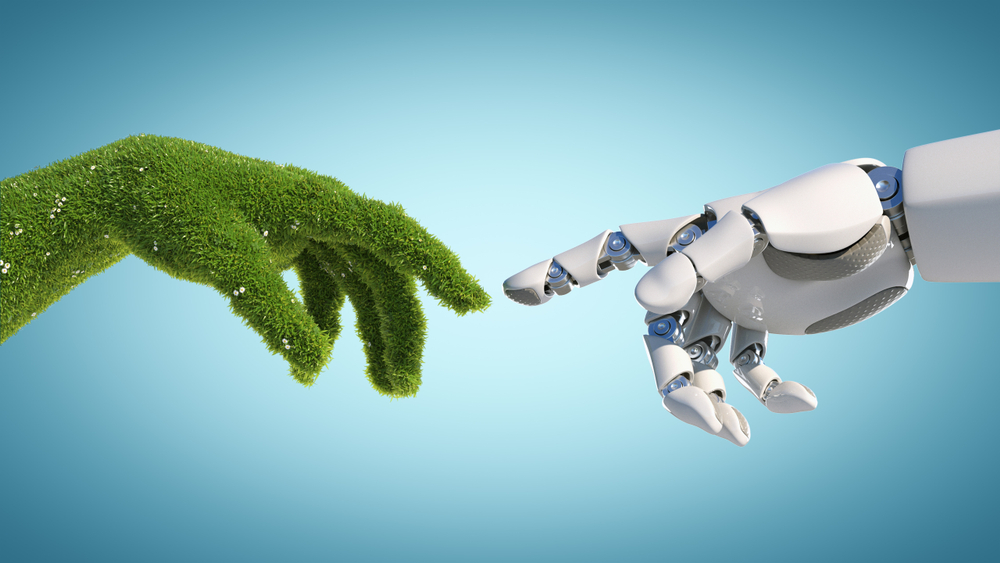The past few years have turned out to be extremely critical when it comes to climate change and the way we as humans deal with it. Despite the continuous warnings by scientists and the now tangible proof that our planet is in an unprecedented crisis, people are still struggling to make drastic changes in their lifestyle and consumption habits. Governments worldwide are trying to catch-up and take urgent measures to reduce and control fossil fuel emissions within the next decade, as suggested by the recent IPCC’s Sixth Assessment Report published this summer.
However, such a holistic and multidimensional problem requires every mean possible to be set under control. Both people and politicians but also recent technological innovations can help reduce the climate change consequences the world will experience. Recently published paper called “Tackling Climate Change with Machine Learning”(David Rolnick et al., June 2019) suggests that there are numerous problems when it comes to climate crisis for which Artificial Intelligence and Machine Learning can provide feasible solutions. Even though AI “is not a silver bullet“, it is introducing us with new ways of achieving our goal for an environmentally neutral life on earth.
Smart cities
By using data analysis and various IT sensors(e.g. traffic cameras or smartphones), municipalities will be able to detect activities that consume large amounts of energy, such as mobility during peak hours etc. This can easily be regulated by establishing vehicle-sharing companies, like the ones already existing in Rotterdam. These cars will provide relevant-only data for their location, use and condition at all times and they can help with guiding traffic and establishing regulations when necessary.
Using such innovations, it is also possible to create low-emission infrastructures by creating efficient and accessible transportation systems, coordinating district heating/cooling networks, establishing solar power generators and charging stations for electric vehicles but also regulating light intensity on the streets based on historical values on traffic per hour.
Climate prediction
ML models can improve the prediction of extreme events and natural disasters using data collected by ice cores and climate downscaling. It is even possible to combine the predictions of many climate models and thus make more accurate and realistic weather forecasts, that will help governments prepare for upcoming changes and possibly uncover areas that could reverse some effects of climate change.
Another interesting application that AI brings to climate management is the ability to visually project to its users the effects of extreme weather in their home or chosen location. People can now see what is coming in the future, making it easier for them to believe that climate change is real and take action.
The above were only a few of the review’s suggestions regarding the use of innovative technologies on climate change management. For example, AI and ML can also accurately measure where carbon is coming from by analysing global images of power plants and their surroundings and potentially remove it using direct air capture from the facility’s exhaust. Most of the industries worldwide have turn out to be digitized at a great degree, and it is their duty to use their technological advantage to become environmentally neutral in the upcoming years. Although some of these new techniques might need some more time to be further implemented, it is important for businesses and policy makers to start using all the available resources to improve the climate state and save our one and only home. After all, there is no Plan(et) B.
References

